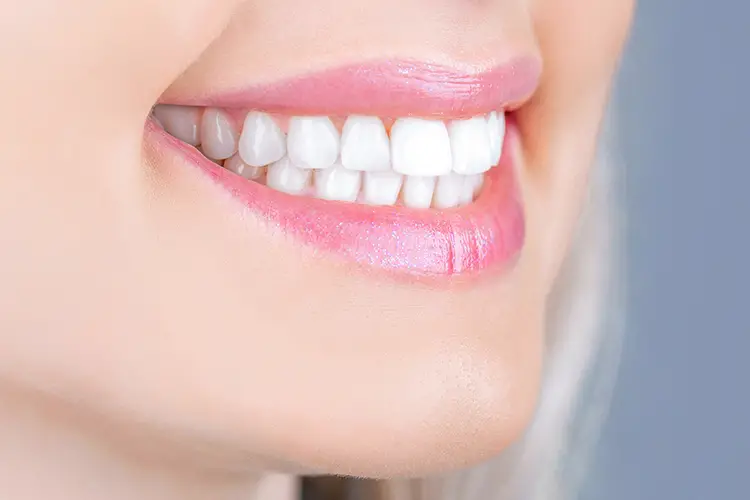Teeth whitening treatments can dramatically improve the appearance of your smile. There are two primary approaches for achieving whiter teeth: professional whitening performed by a dentist and at-home whitening options available for personal use. Here is an overview of these methods, detailing their processes, benefits, and limitations:
Understanding Professional Teeth Whitening
Professional teeth whitening treatments are conducted in a dental office. Dentists typically use stronger whitening agents than what is available in over-the-counter products, which allows for more effective, faster results. Here are a few key points to know:
- The process: Professional treatments often begin with a consultation to assess the condition of the teeth and the desired level of whitening. The dentist proceeds by applying a protective barrier over the gums before using a concentrated whitening gel on the teeth. Some treatments include the use of a specialized light or laser to activate the gel, enhancing the whitening process.
- Advantages: This method provides consistent and noticeable results, often achieved within a single session. Dentists can customize the treatment to address specific stains or discoloration. Additionally, professional treatments are conducted under medical supervision, minimizing risks associated with sensitivity or gum irritation.
- Limitations: Professional whitening treatments are generally more expensive than at-home options. Costs can vary significantly depending on the treatment type and region. Some individuals may experience temporary sensitivity following the procedure.
Exploring At-Home Teeth Whitening
At-home teeth whitening kits and products are widely available and offer an accessible, cost-effective approach to improving dental aesthetics. Here is more information on this option:
- The process: At-home options include whitening strips, gels applied with trays, and whitening toothpaste. These products contain lower concentrations of active ingredients compared to professional treatments.
- Advantages: These products are convenient and available without the need for a dental appointment. They are also more affordable, making them accessible to a broader audience. Many individuals find them useful for maintaining the results achieved through professional whitening.
- Limitations: At-home methods typically require consistent use over a longer period to achieve noticeable results, making them less suitable for individuals seeking immediate whitening. Their lower concentration of whitening agents also means they may be less effective on deep stains. Improper use, such as overuse or inconsistent application, can lead to uneven whitening or gum irritation.
Comparing Professional and At-Home Whitening
Choosing between professional whitening and at-home treatments depends on several factors, including budget, time, the severity of staining, and desired results. While professional treatments deliver rapid and tailored results, they come at a higher cost. At-home options, on the other hand, offer affordability and convenience, but often require more time and effort to achieve desired outcomes.
Get Professional Teeth Whitening
Both professional and at-home teeth whitening methods have distinct processes, benefits, and limitations. Professional treatments provide fast, reliable results under supervised conditions but are costly. At-home options offer flexibility and affordability, though they may require longer use for comparable results. For personalized guidance and optimal outcomes, consulting with a dental professional before initiating any whitening treatment can be beneficial. Enhancing your smile through whitening offers aesthetic and confidence-boosting benefits, and understanding these methods empowers you to choose the best approach for your needs.

